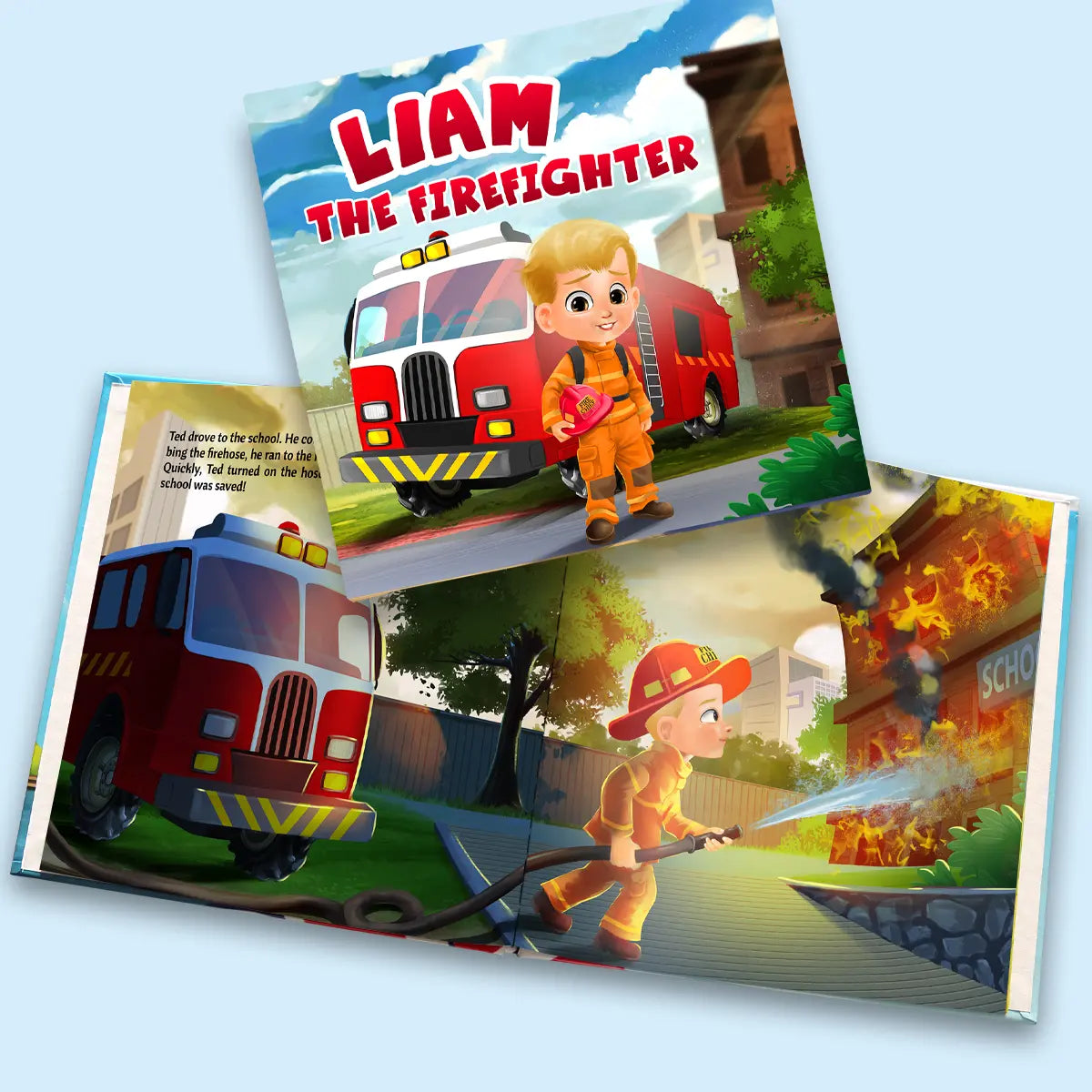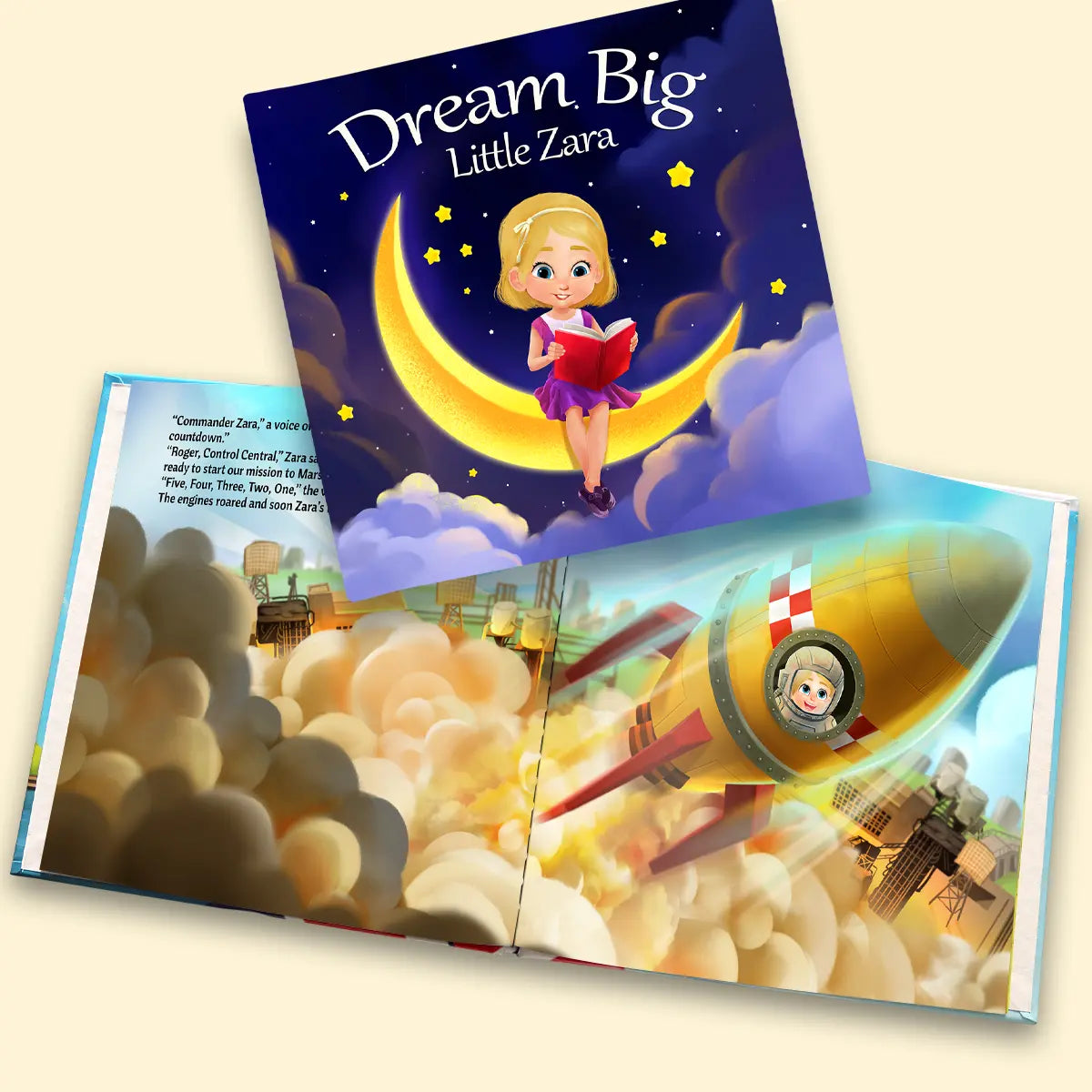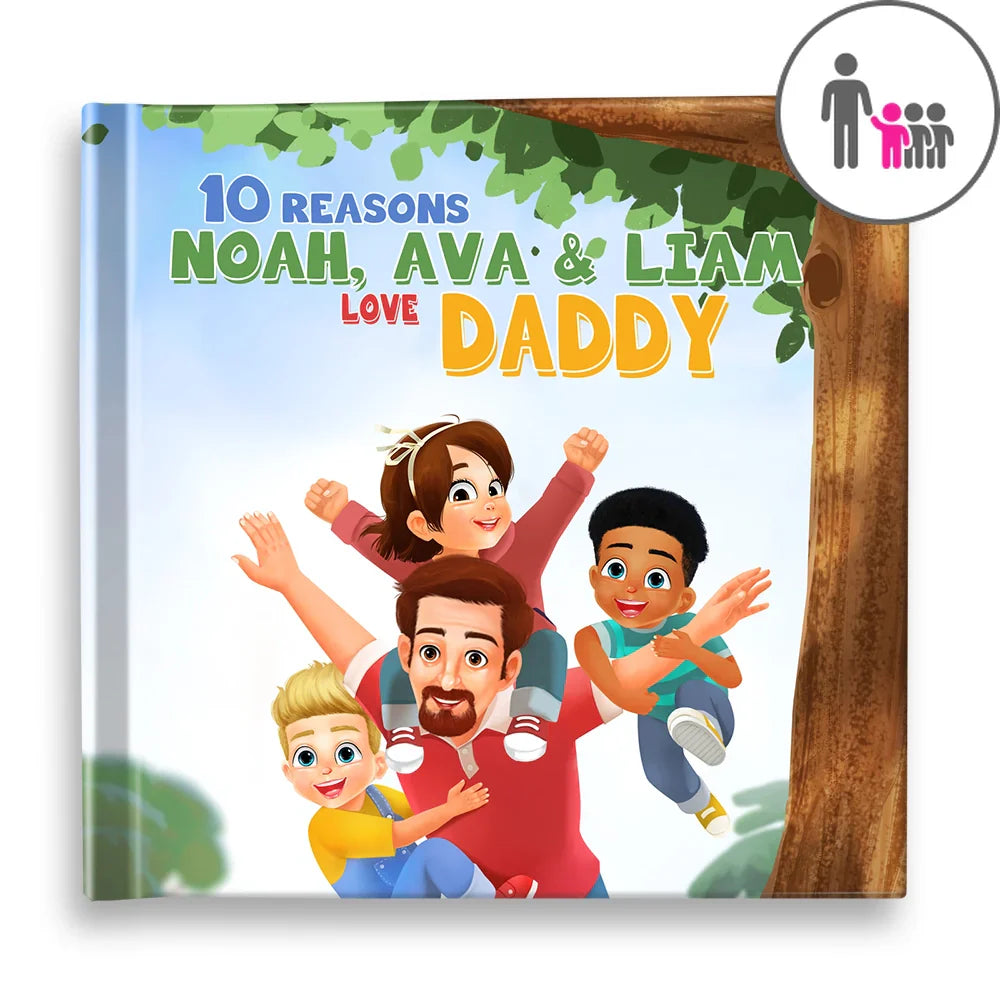Books for kids and language development go hand in hand. Reading with a child is one of the most powerful gifts you can give them. The connection between books for kids and language development begins from the moment you start sharing stories together. Each time you sit down, you open up a world of imagination, curiosity, and discovery, sparking conversations that help young minds grow. These shared moments not only strengthen language skills but also build confidence, empathy, and a special bond between you and the child you’re reading with. Every page turned is a step towards a curious future and cherished memories.

The Science Behind How Reading Helps Language Development
Research consistently demonstrates that children who are read to regularly develop stronger language skills than those who aren't. A groundbreaking study published in 2022 found that families who read at least seven books per week to their babies saw higher expressive, receptive, and combined language scores at 9 months of age. And the amazing part? These benefits continue to grow, with differences becoming even more pronounced by 12 months.
The magic happens because books expose children to vocabulary and grammar patterns they wouldn't normally encounter in everyday conversation. While parents naturally use familiar words and phrases during daily interactions, books introduce new vocabulary and creative ways of putting words together. This exposure is crucial. Studies show that young children whose parents read to them daily have been exposed to at least 290,000 more words by kindergarten than kids who aren't read to regularly.
Early Brain Development and Language Pathways
Babies are born with a natural ability to learn language, and consistent exposure to different language patterns helps build essential neural pathways. Dr. Laura Phillips, a neuropsychologist, notes that "exposure to words is the single most important thing that you can do to help build the language pathways in your child's brain." Even the simple act of holding books supports cognitive development in infants.
How Picture Books Help With Language Development
Picture books are uniquely powerful tools for language learning because they combine visual and textual elements. The illustrations provide crucial context clues that help children connect words with their meanings, making it easier for them to learn new words and build their vocabulary.
Building Vocabulary Through Visual Context
Picture books introduce children to a huge number of words they might not encounter in everyday conversations. The illustrations act as visual dictionaries, providing immediate context for unfamiliar terms. When children see a picture of an elephant while hearing the word "trunk," they can more easily understand and remember both the animal and its body parts. This means picture books help children understand word meanings faster by providing vital background knowledge and context. When images are combined with rhyme and repetition, they also develop phonological knowledge, understanding the sounds and patterns of language.
Story Sequence and Comprehension Skills
Understanding story sequence is crucial for comprehension, and few tools make this as clear as picture books. The sequential panels of illustrations help children follow narrative flow while building essential pre-reading skills. Children learn to predict outcomes, infer meanings, and understand basic storytelling elements like plot, character, and setting.
The Power of Interactive Reading
Simply reading to children is beneficial, but interactive reading, where children actively participate in the storytelling process, provides even greater language development benefits. This approach encourages children to ask questions, make predictions, and engage in conversations about what’s happening in the story.
Conversation and Language Growth
Reading to a child and talking to them about the story is an even more effective way to increase a child's vocabulary than simply reading them a story. When children are encouraged to ask questions, share their thoughts, and imagine new possibilities within the story, their language skills improve significantly.
The quality of adult-child interactions during reading also makes an impact. Research shows that intentional, thoughtful dialogue where adults actively involve children in the story has a more significant and lasting effect on language development than simply reading frequently. And in even better news, reading with a child this way is proven to help them when starting school, with positive lifelong repercussions.
Decontextualised Language Skills
Reading sparks conversations that go beyond the events of the story itself, helping children learn words and ideas that aren’t part of their everyday experiences. For example, when a child asks about something in an illustration that isn’t the main focus of the story, it creates a chance to introduce new vocabulary and concepts. These discussions expose children to language that describes things, places, or situations outside of the “here and now,” building their ability to understand and use words in different contexts. This skill, known as decontextualised language, is essential for school success and helps children become confident, flexible communicators.
Age-Specific Benefits of Reading
Reading Books to Toddlers for Speech Development
Toddler books are essential for encouraging language development during these early years. For toddlers who are late talkers, picture books provide excellent support for early language skills. By modelling language while showing items in books, carers help children more easily link meanings to words. The repetition found in their favourite books helps children become familiar with vocabulary and allows conversations to become more elaborate over time.
Preschool and Early Elementary Benefits
As children move through preschool and into early primary school, the language benefits of reading together continue to grow. Research shows that when preschoolers are exposed to adults who use more complex language during reading, they develop stronger grammar and vocabulary skills themselves. Early exposure to advanced vocabulary in preschool has even been linked to better reading comprehension in later grades, with vocabulary and literacy skills developed in kindergarten helping to predict year 4 reading outcomes. To add to this, reading interactively with a child in early primary really helps them master not just the basics but increasingly complex words as well. All of this shows that reading and talking about books with your child gives them a big boost in language and learning.
Personalised Books: Enhanced Engagement and Learning
So where do personalised books fit in? The very interactive nature of personalised books offers unique advantages for early language development. Research shows that when stories include a child’s own name or personal details, children become more engaged and motivated, supercharging all of the benefits that come with reading interactively with a child. A 2014 experimental study found that preschoolers demonstrated “significantly better knowledge about the words that were in the personalised sections of the books than the words in the non-personalised sections” after repeated readings, highlighting the powerful impact of personalisation on word learning [study]. Additional research has found that personalised books boost participation, reinforce vocabulary, and help children make meaningful connections between the story and their own lives. These findings suggest that personalised books are one of the best tools out there for helping children to read confidently and enjoy academic success later in life.
How Picture Books Help with Language Development By Age
| Age Range | Key Language Benefits | Recommended Focus |
|---|---|---|
| 0-12 months | Neural pathway development, early word exposure | Daily reading routine, simple picture books |
| 1-3 years | Vocabulary building, speech development | Interactive reading, repetitive stories |
| 3-6 years | Complex language structures, comprehension | Story discussions, varied vocabulary |
| 6+ years | Advanced vocabulary, critical thinking | Chapter books, personalised stories |
Creating Optimal Reading Experiences
Daily Reading Habits
Consistency matters more than duration when establishing reading routines. It’s been found that reading at least seven books per week produces better language outcomes than those who read only now and then. The key is making books part of children's daily lives rather than occasional treats.
Choosing the Right Books
Effective language development requires exposure to varied vocabulary and sentence structures. Choose books that introduce new words while maintaining age-appropriate content. Nonfiction books with glossaries can be particularly valuable for expanding technical vocabulary, while rhyming books support phonological awareness development.
For better results, select books that encourage conversation and questions. Stories with rich illustrations provide multiple opportunities for vocabulary building and discussion. Personalised kids books are great for this, as they incorporate children's names and interests into engaging narratives.
Making Reading Interactive
Transform reading time into active learning by encouraging children to participate in storytelling. Ask open-ended questions about characters, plot, and illustrations. Encourage predictions about what might happen next, and discuss how story events relate to children's own experiences.
For younger children, focus on labelling and describing objects in illustrations. Use repetition to reinforce new vocabulary, and don't hesitate to revisit the same books multiple times. Familiarity breeds confidence and deeper understanding.
Supporting Different Learning Styles
Visual Learners
Picture books naturally support visual learners by providing immediate visual context for new vocabulary and concepts. Choose books with detailed illustrations that offer multiple talking points and vocabulary-building opportunities.
Auditory Learners
Focus on books with rhyme, rhythm, and repetition to support auditory processing. Reading aloud with expression and encouraging children to repeat favourite phrases helps develop phonological awareness.
Kinesthetic Learners
Encourage physical interaction with books through touch-and-feel elements, pop-up features, or acting out story scenes. Choose books with interactive elements that engage multiple senses simultaneously.
There’s no doubt that reading with children creates lasting benefits that extend far beyond literacy. The vocabulary, comprehension skills, and love of learning developed through reading together provide foundations for academic success and lifelong learning.
Every story shared, every question asked, and every page turned together contributes to your child's language development journey.
Make reading a daily priority, engage actively with the stories, and watch as your child's language skills develop amazingly through the magical world of books.
Ready to gift your child a love of words? Explore our collection of personalised kids books designed to capture their imagination while building essential language skills. Each custom story makes reading personal, engaging, and educational, giving your child the perfect foundation for school and beyond.



